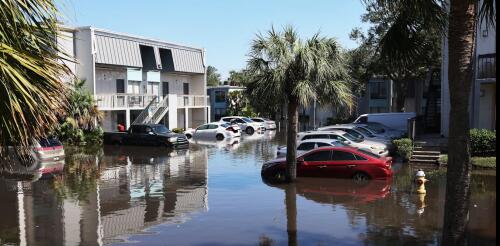Last news for you
Flooding from hurricanes Helene and Milton inflicted billions of dollars in damage across the Southeast in September and October 2024, pushing buildings off their foundations and undercutting roads and bridges. It also caused dozens of electric vehicles and other battery-powered objects, such as scooters and golf carts, to catch fire. According to one tally, 11 electric cars and 48 lithium-ion batteries caught fire after exposure to salty floodwater from Helene. In some cases, these fires spread to homes. When a lithium-ion battery pack bursts into flames, it releases toxic fumes, burns violently and is extremely hard to put out. Frequently, firefighters’ only option is to let it burn out by itself. Particularly when these batteries are soaked in saltwater, they can become “ticking time bombs,” in the words of Florida State Fire Marshall Jimmy Patronis. That’s because the fire doesn’t always occur immediately when the battery is flooded. Accordin...
Israel in Gaza is implementing policies that deliberately deprive the population of the resources to live.For the UN Special Committee it is genocide.
The contractor company accused of torturing Abu Ghraib prison inmates has been ordered to pay damages of 42 million
As we prepare for a new presidential administration, here’s an overview of what’s at risk for communities across the U.S. and the world—and how we can resist.
AFSC organizer Itzel Hernandez is a DACA recipient. Today, she is more resolved than ever in advocating alongside communities for immigrant rights.




